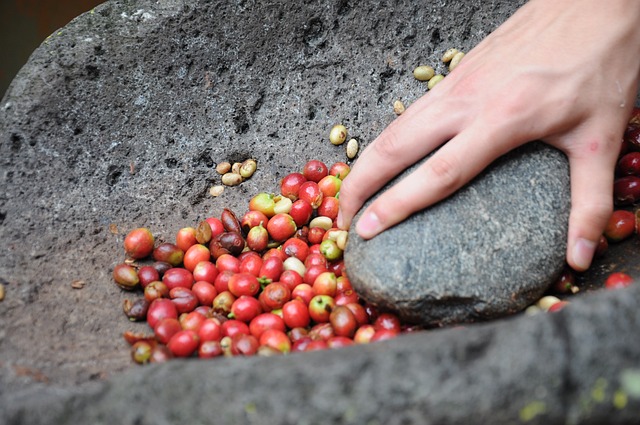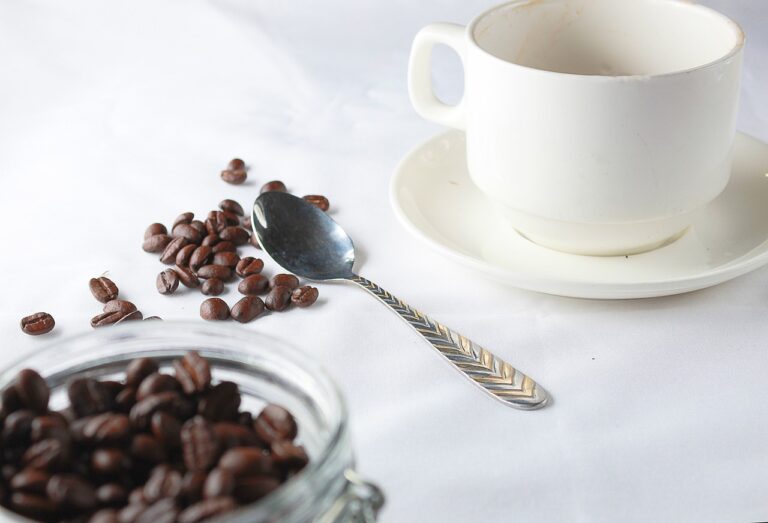The Aromas of Coffee: Explore the Notes and Fragrances
Coffee, the beloved beverage enjoyed by millions around the world, is a complex sensory experience. From the first whiff of freshly ground beans to the final sip of a perfectly brewed cup, coffee enthusiasts revel in the diverse aromas and flavors this magical bean offers. In this article, we delve into the intricate world of coffee aromas, exploring the various notes and fragrances that make each cup unique.
Understanding Coffee Aromas
Aroma is a crucial element in the overall coffee-tasting experience. It’s the combination of volatile compounds released by the coffee beans, influenced by factors such as origin, roast level, and brewing method. These compounds interact with our olfactory senses, creating a rich tapestry of scents that we associate with coffee.
Key Aroma Components
- Acidity: Acidity in coffee contributes to its bright, tangy, or lively aroma. It is often associated with the perception of flavors like citrus, fruitiness, or a wine-like quality.
- Sweetness: The sweet aroma in coffee can range from sugary and caramel-like to honeyed or even fruity, imparting a delightful fragrance to the brew.
- Bitterness: Although bitterness is primarily a taste, it also has a corresponding aroma. The bitter aroma in coffee can be earthy, chocolaty, or nutty.
- Roastiness: Roastiness gives off a charred or smoky aroma, often associated with darker roasted coffees. It can have hints of toasted bread, nuts, or dark chocolate.
- Fruitiness: This aroma is reminiscent of various fruits, such as berries, citrus, or tropical fruits, and adds a lively and vibrant element to the coffee scent.
- Herbal and Spicy Notes: Some coffees carry aromatic profiles resembling herbs like thyme or rosemary, or spices such as cinnamon, clove, or pepper.
- Floral Fragrances: Certain coffees have floral notes akin to jasmine, lavender, or chamomile, providing a pleasant and aromatic experience.
- Nutty and Chocolatey Aromas: These aromas evoke roasted nuts, cocoa, or chocolate, adding a comforting and rich olfactory dimension to the coffee.
Influential Factors
Several factors influence the aroma of coffee:
- Bean Origin: The region where coffee is grown significantly affects its aroma. Different regions have distinct soil compositions, climates, and altitudes, all of which influence the chemical composition of the coffee bean.
- Roast Level: The degree to which coffee beans are roasted greatly impacts their aroma. Light roasts retain more of the bean’s natural characteristics, while darker roasts develop smokier, charred aromas.
- Brewing Method: The brewing process, including time, temperature, and brewing equipment, affects the release and perception of different aroma compounds.
Exploring Coffee Aroma Profiles
Let’s take a journey through some popular coffee aroma profiles, highlighting their distinctive scents and flavors.
Ethiopian Yirgacheffe
Originating from the birthplace of coffee, Ethiopia, Yirgacheffe coffee is renowned for its floral and citrusy aromas. The fragrance often includes notes of jasmine, bergamot, lemon, and a delicate sweetness reminiscent of apricots or peaches.
Colombian Supremo
Colombian coffee, especially the Supremo grade, is celebrated for its well-balanced aroma. It typically carries a nutty and chocolaty fragrance with a hint of citrus, making it a favorite among coffee enthusiasts.
Kenyan AA
Kenyan AA coffee is recognized for its bright acidity and fruity aroma. The fragrance often contains notes of blackcurrants, berries, and a wine-like quality, creating a bold and invigorating olfactory experience.
Brewing Techniques and Aroma Enhancement
To fully appreciate the aromas of coffee, it’s important to use proper brewing techniques. Here are some tips to enhance and savor the fragrance of your coffee:
- Freshly Grind the Beans: Grind your coffee just before brewing to preserve the volatile aroma compounds.
- Use the Right Water Temperature: Brewing with the appropriate water temperature ensures the optimal extraction of aroma and flavors from the coffee.
- Experiment with Brew Time: Adjust the brewing time to your preference, as it can affect the aroma and overall taste of the coffee.
- Clean Your Equipment: Regularly clean your coffee maker and equipment to prevent any stale or off-putting aromas from affecting your brew.
Conclusion
The aromas of coffee are a delight for the senses, offering a journey through a spectrum of fragrances and flavors. Understanding the key aroma components and the factors that influence them allows coffee enthusiasts to appreciate the complexity and richness of this beloved beverage. So, the next time you savor a cup of coffee, take a moment to immerse yourself in its aromatic symphony, and let the delightful notes and fragrances transport you to the enchanting world of coffee.
Happy brewing and exploring the aromas of coffee!







